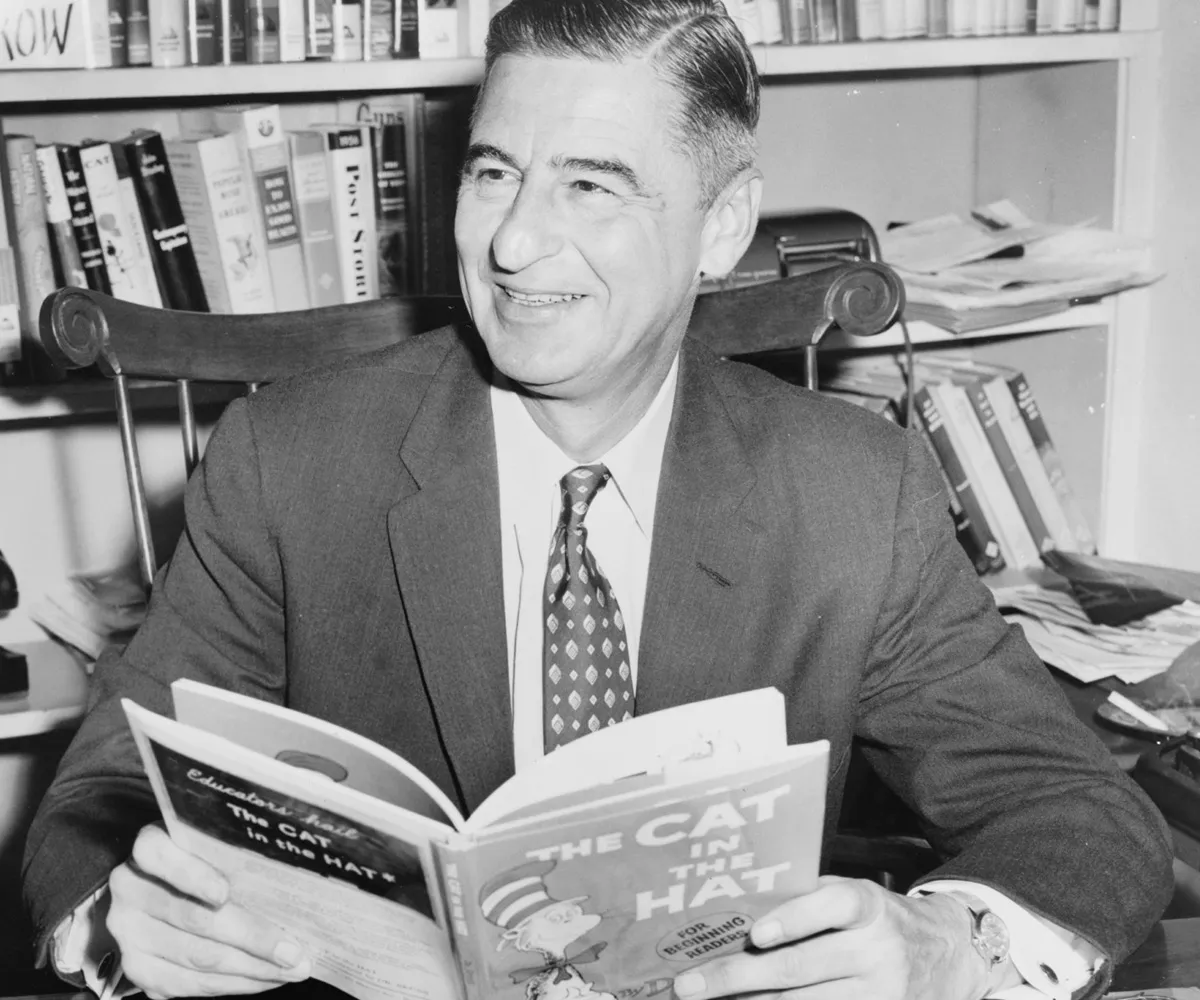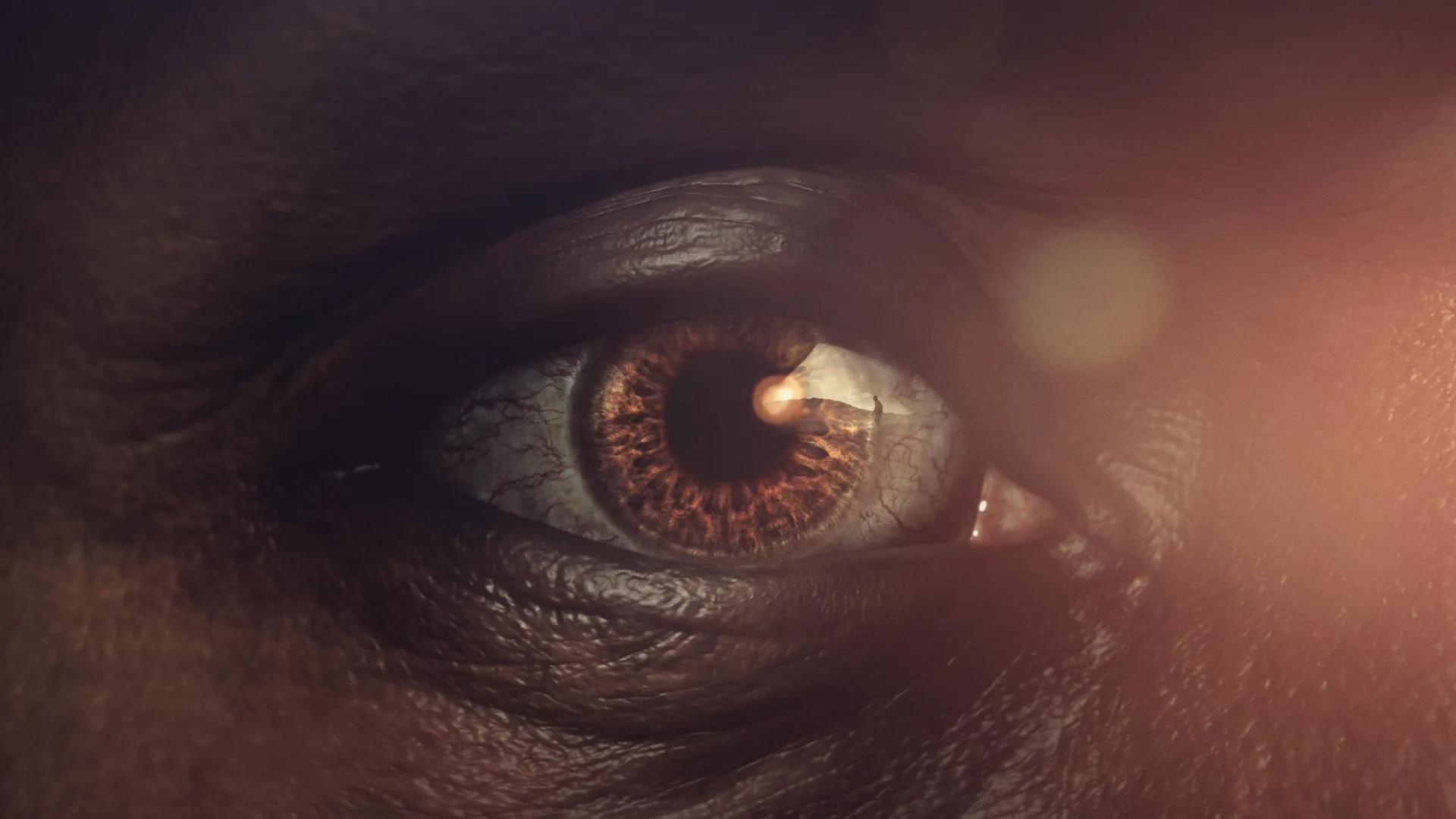Oh, the Places They'll Go
How to spot a true Dr. Seuss when there are umpteen fakes in the way. Check out these tips and be on your way!

Nov 7, 2011
BY Ben Phelan
There are few children's authors, or indeed authors of any kind, who have made as deep an impression on the public imagination as Theodor Seuss Geisel, aka Dr. Seuss. The stories and images in his books are not just beloved by those who have read them but are so deeply familiar that they have become part of our subconscious. Having read the books, it's almost as if we had dreamed them ourselves. When Trudy, of Arlington, Virginia, showed up at the Washington, D.C., ROADSHOW with an inscribed and autographed Dr. Seuss drawing, she may not have known how rare it was: Upon his death, Geisel's widow donated the Seuss archive, which consisted of 7,500 drawings, manuscripts and ephemera, to the University of California at San Diego. There are very few original works in circulation. But Trudy's was the real thing. Convinced of the provenance — Trudy's mother and Geisel had been friends — Kathleen Guzman, of Heritage Auctions in Dallas, appraised the drawing at $6,000.
Bill Dreyer is the curator of the Art of Dr. Seuss collection, the licensee and management company for Dr. Seuss artwork. Unfortunately, he says, a very high percentage — perhaps 80 percent — of the "Dr. Seuss" drawings in circulation are fakes. Lured by the high demand for Seussiana, forgers find it irresistible to try fobbing faux works off on the public. Often these forged drawings depict familiar Dr. Seuss characters, such as the Cat in the Hat or the Lorax, and feature a supposedly handwritten note from Seuss.
And though they can sometimes be convincing, there are some simple steps you can take to avoid buying a fake Seuss or to discover if you've already been duped. Avoid buying online. Most of the forged Seusses out there, says Dreyer, are bought and sold over the internet. There are plenty of virtual dealers who are reputable and honest, but when you are buying anything based upon a how it looks in a photograph on a website, you should be careful. And pay attention to the price: Trudy's Seuss was valued at $6,000. If you see one for much less than that, caveat emptor.

Theodor Seuss Geisel, aka Dr. Seuss. (Source: Wikipedia.org)
Look at the Paper
If you see a piece drawn on Geisel's personal stationery, like Trudy's was, that's a good sign. But even in that case, says Dreyer, you should bear in mind that any legitimate drawing by Geisel would have been created decades ago. The Cat in the Hat, for example, was published in the 1950s, and Geisel died in 1991. "If it's something he supposedly did in the '50s or '60s," says Dreyer, "the paper should look old. Some forgers go to great lengths to artificially age paper, but you can try to validate the age of the paper or the media used in the drawing."
Is the Artwork not a Drawing, but a Painting?
If so, it's probably fake. Although Geisel produced a body of more conventionally "serious" work, this collection, the so-called "secret art" of Dr. Seuss, is in the possession of his widow, Audrey Geisel. "They're more akin to fully developed paintings," says Dreyer. "They have the Seussian sensibility, but it's reflected through surrealism or even abstract expressionism." Nonetheless, Mrs. Geisel gave Dreyer's Art of Dr. Seuss collection permission to create prints, lithographs and serigraphs of the secret art. So while it's not possible to view the originals, you can see, and even buy, prints lithographs, and serigraphs from galleries and museums exhibiting reproductions of Geisel's art.
Is It a Sculpture?
If it is, it's almost certainly fake. "Geisel only created 17 sculptures that we're aware of," says Dreyer. But if you find one, you are very lucky indeed: A legitimate Geisel sculpture could fetch hundreds of thousand of dollars at auction.
Does It Make a Good First Impression?
Geisel was a master illustrator, and one of the hallmarks of the illustrator's craft is a sure, swift hand. "When you look at his drawings, they have this quality as if they were done at one particular time. He was such a deft illustrator that he could fire off a drawing that was very well executed and not sloppy." If the eyes look too big, or the fur isn't quite fuzzy enough, your instinct might be right — it might be fake.
... And Finally, Provenance
"Most of the forged works have absolutely no documentation, which is a good indicator" that they're fake, says Dreyer. "What you're looking for is a handwritten letter or some kind of documentation that links the piece back to Geisel. Was the previous owner a friend of Geisel? Did they work together?" But in some cases, even legitimate works don't have provenance to link them to their origin. In that case, you might have to enlist the seller to help you do some detective work. If they'll help, they might well be legitimate. If they balk, you should walk away.
Ben Phelan is a freelance writer in Louisville, Kentucky. He has been a contributor to ANTIQUES ROADSHOW Online since 2007.


